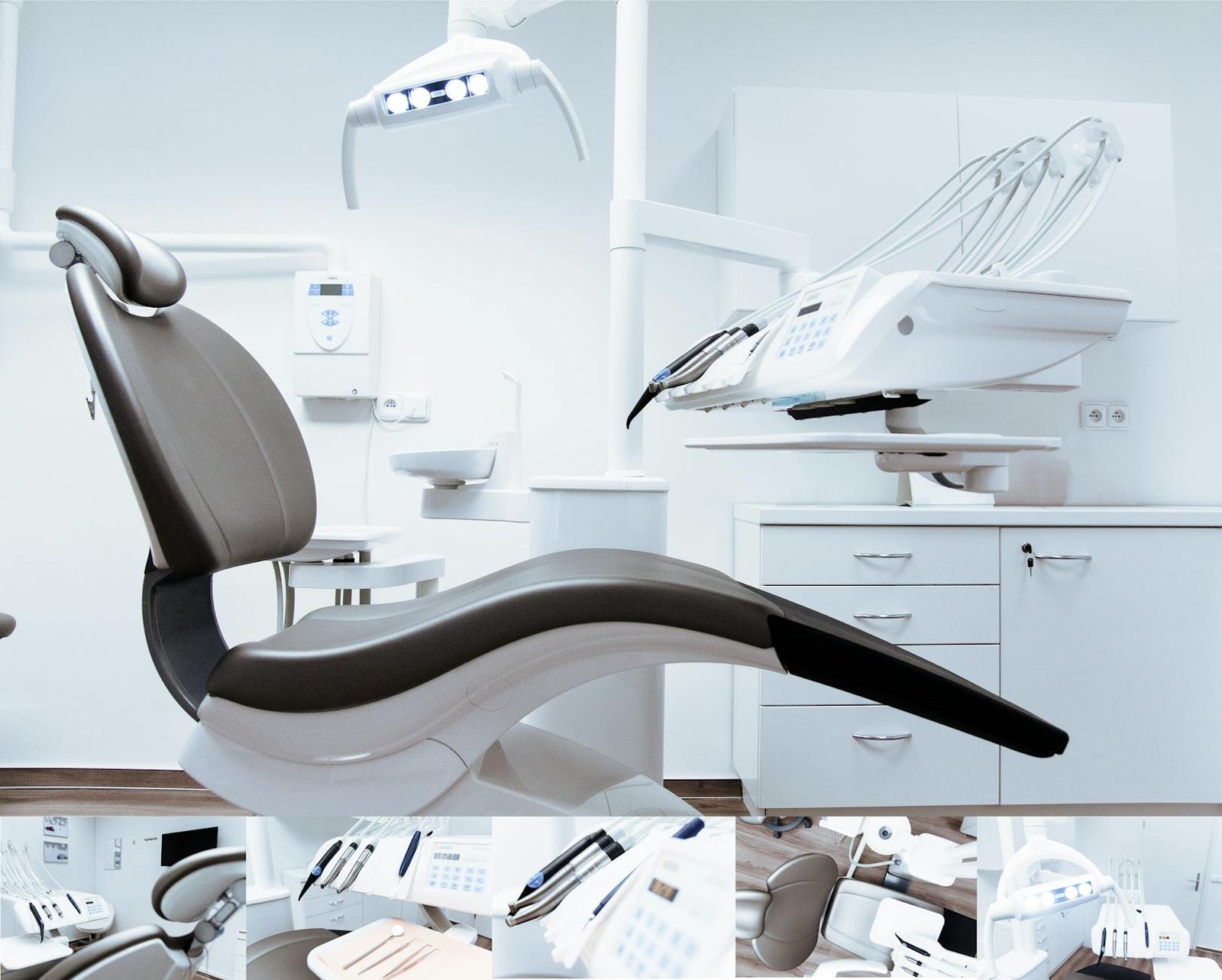Energy-Efficient Upgrades for Medical Gas Systems: Save Costs & Improve Safety
Energy-Efficient Medical Gas Systems
Medical gas systems are the backbone of modern healthcare facilities, providing essential gases such as oxygen, nitrous oxide, and medical air to patients. While these systems are critical for patient care, they are also energy-intensive. Upgrading to energy-efficient medical gas systems not only reduces operational costs but also enhances safety and sustainability in hospitals.
Why Energy Efficiency Matters in Medical Gas Systems
Healthcare facilities are major energy consumers, and medical gas systems account for a significant portion of this usage. Traditional systems can be inefficient due to outdated compressors, poorly maintained pipelines, or suboptimal system designs.
Benefits of energy-efficient upgrades include:
- Lower electricity bills and operational costs
- Reduced carbon footprint, contributing to environmental sustainability
- Improved reliability and performance of gas delivery
- Enhanced patient safety through consistent and stable gas supply
Key Areas for Energy-Efficient Upgrades
1. Modern Compressors and Vacuum Pumps
- Replace old, inefficient compressors with energy-saving models.
- Variable-speed compressors adjust output based on demand, reducing energy consumption.
- Ensure vacuum pumps are properly sized and maintained to prevent energy wastage.
2. Advanced Pipeline Design
- Upgrade pipelines to minimize pressure drops and leaks.
- Use insulated or coated pipelines to reduce heat loss and energy demands.
- Implement centralized monitoring for early leak detection and maintenance planning.
3. Efficient Storage Systems
- Use energy-efficient cryogenic tanks and storage solutions.
- Ensure storage systems are optimized for demand, reducing unnecessary energy use.
4. Automation and Monitoring
- Integrate smart monitoring systems to track system performance and energy consumption.
- Automated alarms and controls help maintain optimal operating conditions and prevent overuse.
5. Regular Maintenance for Efficiency
- Clean filters and check valves regularly to maintain flow and pressure.
- Scheduled preventive maintenance ensures systems run at peak efficiency.
Implementing Energy-Efficient Upgrades: Best Practices
- Conduct an Energy Audit
- Identify areas of high energy consumption and inefficiency.
- Prioritize upgrades based on ROI and safety impact.
- Choose Certified Equipment
- Use hospital-grade, energy-efficient compressors, valves, and pipelines.
- Ensure compliance with medical and safety standards.
- Train Staff
- Educate hospital engineers and technicians on energy-saving practices.
- Promote awareness of proper system usage to reduce wastage.
- Monitor Performance Continuously
- Use IoT-enabled monitoring systems for real-time data.
- Detect anomalies early to prevent downtime and energy loss.
Benefits of Energy-Efficient Medical Gas Systems
- Cost Savings: Significant reduction in electricity and operational costs.
- Sustainability: Lower energy consumption reduces environmental impact.
- Safety: Reliable gas delivery ensures patient safety and uninterrupted care.
- Compliance: Helps meet regulatory and environmental standards in healthcare facilities.
Partner with Experts for Energy-Efficient Upgrades
At Technomed, we specialize in energy-efficient medical gas system upgrades. From system audits and design optimization to equipment installation and preventive maintenance, we help healthcare facilities save costs while ensuring top-level safety.
Upgrade your medical gas systems today—enhance efficiency, safety, and sustainability!




